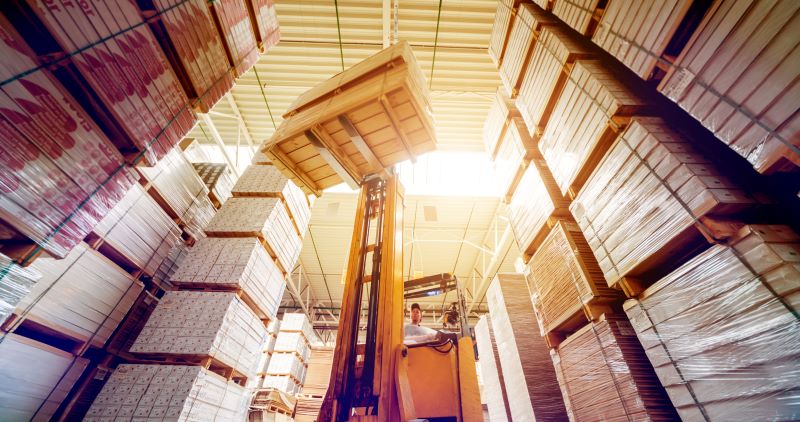Facing the Forces of Change: Utilizing a Changing Workforce
Published on by Steve Bailey in Wholesale / Distribution

In the latest edition of its highly influential series, Facing the Forces of Change, The National Association of Wholesaler-Distributors (NAW) discusses many of the disruptions facing those in the Wholesale and Distribution industries. In a prior post, we took a macro-level view of the whole study. Here, we will look at the disruptions affecting the workforce. As the demographics of the workforce change, knowing how to maximize satisfaction and effectiveness of employees can quickly become a strategic advantage.
Understanding Millennials
What It Is: There are many general beliefs about Millennials: Millennials’ career goals are different from older generations, they want constant acclaim, they are more likely to jump ship if a job doesn’t fulfill their deepest passions, etc. Despite these beliefs, it turns out that Millennials may be much more similar than you think. There have been many recent studies analyzing beliefs (and behaviors) about work between Baby Boomers, “Gen. X’ers,” and Millennials. It was found that in many areas, Millennials were relatively in-line with the other generations, and even scored closer to Baby Boomers than Gen. X’ers.
What You Can Do: Investigate and understand the Millennial workforce entering your business. Misunderstanding them can lead to misdiagnosing problems, which can lead to frustrations and inefficiencies in operations. Communicate who you are as a business to all of your employees and make sure they know their roles and their opportunities within that vision.
Ask Yourself: How would our associates rate the customer experience we provide? Have we asked them? Do all of our associates understand our business strategy, vision, and value proposition? Do we consider Millennials to be vastly different from other generations?
Employee Engagement and Retention
What It Is: The old story of a person graduating high school or college, then working for a single company until they retire, is no longer a reality. While the notion of the Millennial “job-hopper” has been found to be a bit of an exaggerated myth, there is still high competition to keep and develop your best employees.
What You Can Do: Implement employee listening programs. Give your employees to share their voice in a forum where they will be heard and receive feedback. The information you receive can help improve customer service, boost employee satisfaction, and streamline operations.
Ask Yourself: Are we considered a good company to work for? Is this consistent for both associates and management? Do we have career roadmaps for our associates? How often do we provide feedback to our associates? Do we have a way to listen to our associates and solicit feedback?
Recruiting
What It Is: The wholesale distribution industry is nearly invisible to the typical student looking for a job after high school or college. Many students can name several Tech companies or major retailers, but most could not name a single major wholesaler or distributor. Although they make up a huge portion of the economy, wholesale distributors do not engaged with end-consumers (either through branding, marketing, etc.), and therefore, most students are simply not aware of them.
What You Can Do: Implement programs to gain attention of job-seekers looking to enter the working world. Become engaged in job fairs and other opportunities to get face-to-face with these potential new recruits.
Ask Yourself: If the right candidate were looking for a job, would they think of us? How would they find out about what we’re looking for and what job opportunities we provide? Do we have a formal employee referral program to encourage associates to refer others? Should we?
For many businesses, focusing on meeting the needs of customers and suppliers is what comes most naturally when conducting strategic discussions. However, spending time, energy, and resources on managing the changing workforce can pay very real dividends and the added efficiency and improved culture can provide a tangible strategic advantage. These strategies are not just about generating good feelings; they are prudent business practices that help improve your bottom line.
Contact Us
If you have any additional questions or would like to discuss the Facing the Forces of Change: Utilizing a Changing Workforce more in depth, please contact a Barnes Dennig Representative here.
